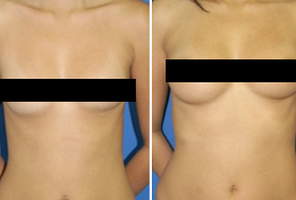More Rhinoplasty Surgery Information
A restricted anatomical access to the nasal region undeniably makes rhinoplasty or a nose job the most demanding of all facial surgeries. It requires a combination of skill and knowledge of science. Needless to say, complications can arise during a nose job and therefore a careful estimation of the deformity preoperatively; clarity on the techniques that can be used for correction, and meticulous execution of the surgery is absolutely critical in minimising associated risks and complications. Â
Complications of Rhinoplasty Surgery
On the surgeon’s part, the ability to predict possible complications on a case-by-case basis is a vital skill. This ability helps reduce the incidence of complications and treat them once they have occurred. Some common complications seen with rhinoplasty are:
- Abnormal shape of nose (underresection, overresection, and/or asymmetry)
- Airway obstruction
- Anaesthesia reaction
- Post surgical bleeding (may require nasal packing to control it)
- Burst blood vessels
- Infection (risk is less than 1%)
- Heavy scarring (Keloid)
- Sinusitis (treated with antibiotics and medications that shrink the nasal lining)
- Loss of smell and structural support
- Permanent numbness (risk is less than 1%)
While rhinoplasty can be a satisfying procedure for both patient and surgeon, the literature reports an incidence of postoperative rhinoplasty complications ranging from 8% to 15%. However, when performed by a qualified plastic surgeon, complications are rare and are usually minor. The onus is on the surgeon to take great care to minimize the incidence of both functional and cosmetic complications.Â
Consult With A Professional Plastic Surgeon
Consultation with a well-established, dependable and certified plastic surgeon will lead to most satisfying outcomes.
Â

